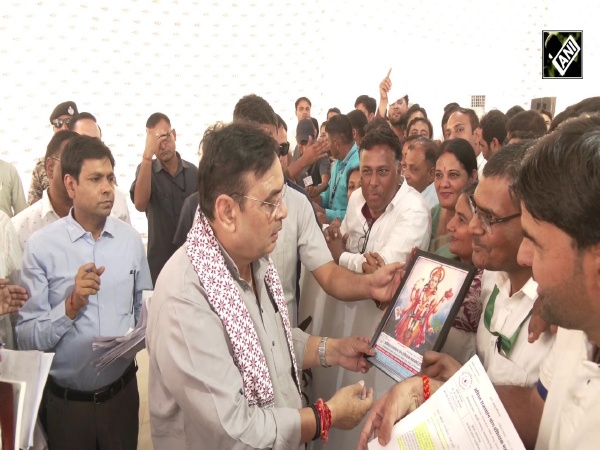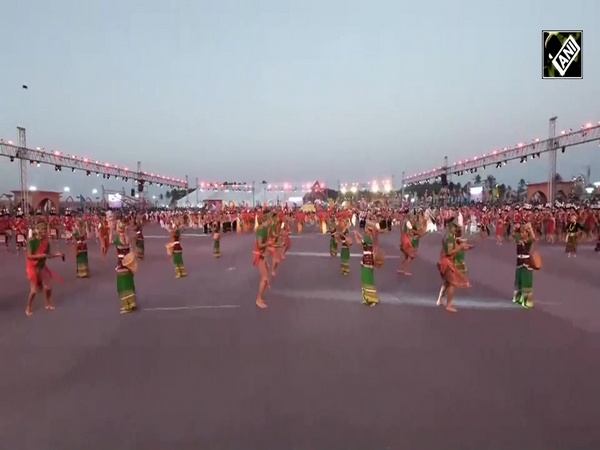Korean hydrogen vehicles supply highest in the world
Apr 29, 2021

Seoul [South Korea], April 29 (ANI/Global Economic): The number of hydrogen electric vehicles supplied in Korea is highest in the world, but the charging infrastructure is very poor.
According to the Korea Automobile Manufacturers Association (KAMA) on Wednesday, Korea, where 33 per cent of the world's hydrogen cars are operating as of last month, had the highest number of hydrogen car distribution rate in the world.
However, the charging infrastructure is inadequate with the number of vehicles per charger of 180, second after 224 vehicles per unit in the United States among five countries - Korea, United States, China, Japan, and Germany.
On the other hand, Germany has nine units per charger, 38 units in Japan, and 56 units in China, and it is evaluated that the charging infrastructure is relatively sufficient compared to the supply of hydrogen vehicles.
In the case of Korea, in a situation where hydrogen cars are increasing rapidly compared to electric cars, construction of charging stations is not able to keep up with the speed of vehicle distribution, so there is concern that the charging infrastructure conditions will worsen.
From 2016 to 2020, the average annual growth rate of fueled automobiles in Korea was 2 per cent for internal combustion engines, 30 per cent for hybrid cars, and 88 per cent for electric cars, while hydrogen cars are showing rapid growth at 235 per cent.
However, the rate of increase in hydrogen charging stations only increased by 116 per cent over the same period. Accordingly, the number of vehicles per hydrogen charger in Korea increased from 27 in 2017 to 169 in 2019 and 180 last March. Thus, the charging conditions are rapidly deteriorating.
According to the association, electric vehicles take 16.2 hours to simultaneously charge the entire vehicle, while hydrogen vehicles take 30 hours.
The gap in charging infrastructure by region was also found to be a serious problem.
According to the association, the better the charging conditions, such as the number of hydrogen stations, accessibility, and operating hours, the better the distribution rate of hydrogen cars.
In the northern part of Gyeonggi Province, where there is no hydrogen charging stations, the distribution rate of hydrogen vehicles is only 12 per cent (238 units) of the entire Gyeonggi Province.
In Changwon City, where 75 per cent of Gyeongnam hydrogen charging stations (6 out of 8) were installed, 75 per cent (798 units) of all hydrogen cars in Gyeongnam are distributed. (ANI/Global Economic)



















